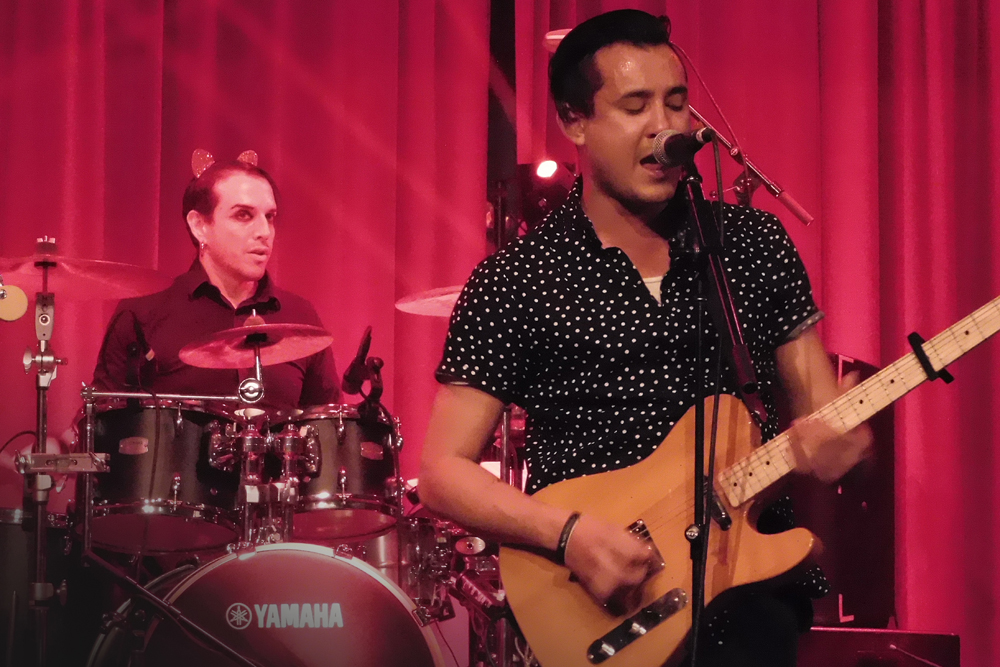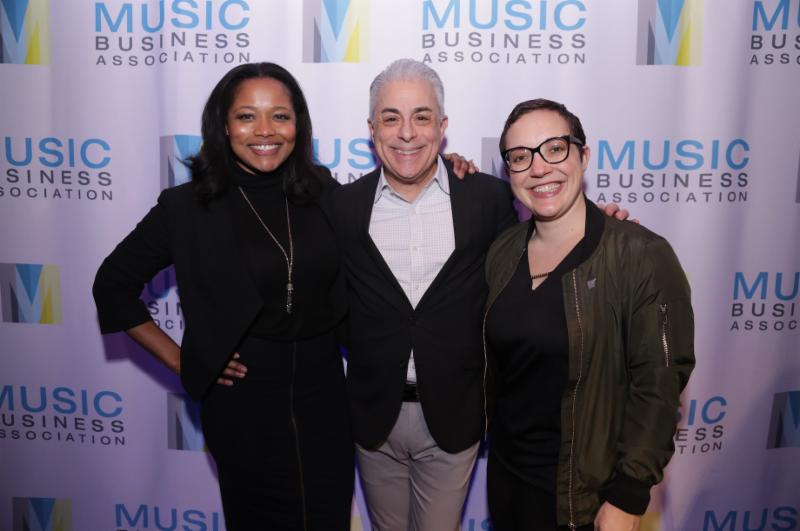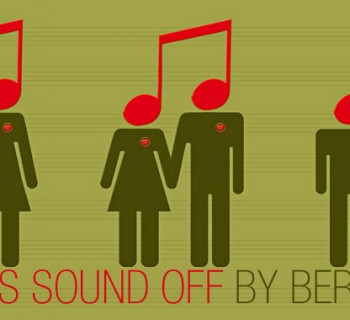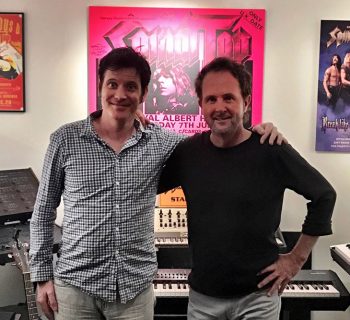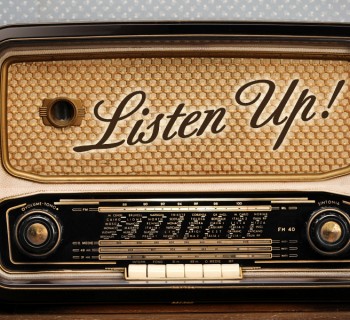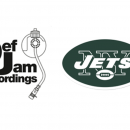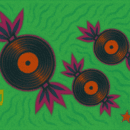I have been the host of a weekly show on Facebook Live for two years. I perform, host the show, and interview guests who also perform. As a result, my Facebook “friends list” has grown from less than 300 to over 1,500. The show has grown from about 60 views per week to around 1,400. My email list has grown, more people are coming out to my live shows, and I am occasionally being recognized in public.
Here are a few tips and guidelines that I believe have made the show successful.
1. Production Values Matter! We do it with just an iPhone, and we always start on time. We pay attention to lighting (not too bright, not too dark) and a good, clear sound. We shoot from a small apartment, but we pay attention to what’s in the background. No trash or underwear lying around, for example. No moving objects that might distract. I keep interview questions and announcements concise and to the point. I avoid saying, “um” and I avoid long, silent pauses.
We also keep the camera moving. We don’t just put a camera on a tripod and do the show. We’ve all seen videos like this. They become visually boring. You don’t need multiple cameras and fancy graphics, but a little movement to keep the shot changing, even slightly, will keep the show visually interesting. Also, very important, check beforehand to make sure there is a good wi-fi connection. Signal drop-outs can kill you!
2. Keep It Simple! Sure, a soundstage with a techno-crane and multiple cameras would be nice, but it’s not necessary. We do a lot with just a simple iPhone. BUT––the sound is always clear. Virtually no background noise. (Consider planes flying overhead, traffic, sirens, dogs barking, babies crying, etc.) Our show is acoustic, so we keep the phone and its built-in microphone fairly close to the source. If we were shooting a rock band we would not need to remain so close, but you still want a clear, unobstructed view.
3. Interact With Viewers! Make sure your audience knows that you appreciate them, and are paying attention to them. If you just do the show and don’t respond to comments, they’ll feel ignored and alienated. This goes beyond simply saying, “Thank you for watching.” That’s where it starts. If a viewer asks a question or makes a comment during the show, respond to them if you can. Say hi to specific people if you know they are watching. (You can see who’s there on the screen on the iPhone.) “Hey, I see that John Doe just tuned in! Hi John!”
4. Promote! Announce, Like, Share! Be sure to ANNOUNCE the show ahead of time anywhere you can––on Facebook, (create an event page for it,) emails, posts on group pages, messages to your Facebook friends. LIKE––click “like” on people’s comments during and after your show. SHARE after the show. Share it everywhere. Your own page. On friends’ pages if they don’t mind, group pages that you belong to. You want as many people as possible to see it, both live and afterwards. Encourage them to tell their friends about it to attract more viewers next time.
5. Have Guests! Not all shows need guests. If you’re doing a show about learning French, it may not be critical to have guests. In the beginning we had no guests. Just me playing songs and chatting with the viewers. But we realized that if we were going to keep the show interesting we needed each show to have something that the previous show did not. For us, that meant guests. I still get to perform my music on every show. People still get to see “the real me, the person,” which was one of our original objectives. So far nearly every show has attracted viewers who were already fans of the guest but who had never heard of me. These fans often end up becoming fans of mine too. The same is true for the guest––they end up with some of MY fans.
6. Be Consistent! Our viewership did not double in the first week, or the first month. But it did happen. As people realized that every Sunday morning we would be on at the same time presenting music and guests they liked––our audience grew.
7. Change It Up! Your show’s parameters can be as wide or as narrow as you like. If, for example, you have a show about auto repair, you can do something about auto repair in every show. But don’t do three shows in a row on how to change the oil. Your theme needs to be consistent, but the details can and should change. We feature live music, but I always take care to play songs that I have not performed on the show in the past several months. Changing locations can be another option. We’ve not missed a show in two years, even when we’ve travelled.
8. Follow Up! Shortly after every live broadcast, and never later than the next day, I go through all the “likes” and comments people have posted on the show. You can see at a glance which ones are already on your friends list. I type in a simple “Thank you” and a comment to most of them, and I “like” ALL of them. Anyone who is not already on my friends list gets a friend request. This, more than anything else, is how I’ve grown my friends list. Likewise with the comments, I respond to nearly all of them, and send friend requests to those who are not already friends. It does take some time, but you can shorten the process by typing a generic “Thank you” message into your first response, and then copy and paste it into the rest, just adding the person’s name to each one. It’s a commitment, but it’s worth it.
JOHN M is a Los Angeles-based touring singer-songwriter and host of Sunday morning live with John M on Facebook Live. He has self-produced six albums and a documentary about house concerts. He has also authored a book on performance. johnm.com, Facebook.com/johnmmusic, youtube.com/johnmmusic, john@johnm.com


